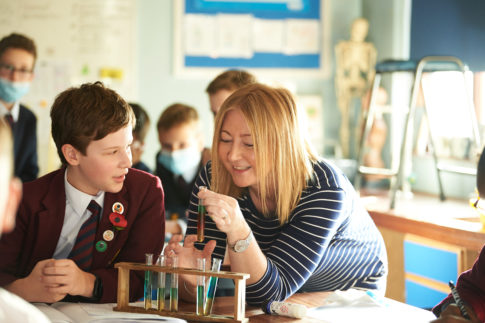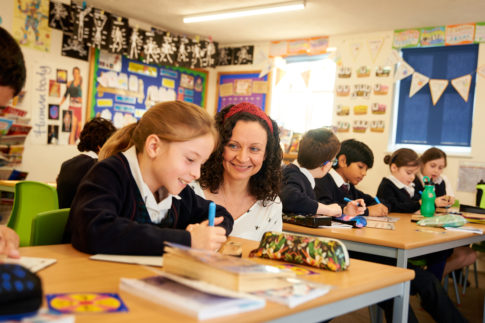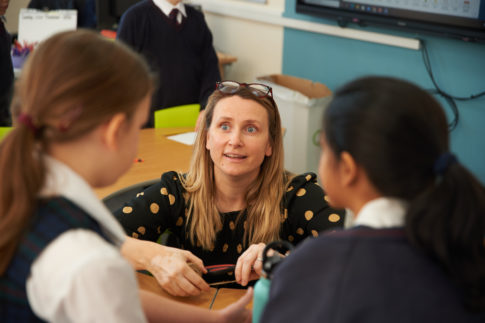International Day and Women and Girls in Science
Today marks the International Day of Women and Girls in Science and we would like to take the opportunity to shine a spotlight on, and celebrate, our female staff members who have forged careers in STEM – Science, Technology, Engineering and Maths – Ms Begley, Mrs Wright and Mrs Groeneveld.
Ms Begley, Head of Science

Although this was an enjoyable and rewarding time of my working career, I had always wanted to be a teacher. It was important for to me to experience working as a Scientist before embarking on a career in teaching Science. This early experience still enriches my teaching today and I am very glad I had the opportunity to work in Scientific research.
Mrs Wright, Head of Mathematics

I loved the variety of my job and that each day was different (much like teaching!) . I have been part of projects that involved:
- constructing bridges;
- water treatment works;
- nuclear storage facilities;
- housing developments;
- a theatre;
- mixed use residential and commercial developments with facilities such as shops; apartments; art galleries and gyms.
Underpinning everything I did (quite literally) was my knowledge and love of mathematics. It is amazing how much we rely on maths in our everyday lives and don’t even realise it. From staircases and elevators; to skyscrapers and roller-coasters, maths and science are there making sure that we are safe and only limited by our imagination!
Being female, I was often in the minority, both at university and in the workplace. However, I was also surrounded by supportive teachers. lecturers and colleagues and I soon learned that they valued my opinion and that I had a lot to offer. Choosing that career path not only showed me how to be successful as an Engineer and Project Manager, but it also taught me to stand up and stand out and make my voice heard. I think it’s wonderful that more young women are entering STEM professions and would encourage anyone who is interested to go for it!
Mrs Groenveld, Teacher of Mathematics and Sport

Obviously, my role as a maths teacher sees me being an advocate for women in STEM but my PE role offered a plethora of opportunities to boost the cross curricular links of Science, Technology, Engineering and Maths.
The GCSE and A level PE courses allowed me to teach a broad set of applied sciences, my favourites being Sport Psychology and Anatomy & Physiology. I loved these as both a learner and a teacher; exploring our fascinating and quite remarkable bodies and how they are programmed to help us survive and succeed. From our brains to our hearts and what makes us tick is incredible and the programming of thoughts and actions in just discombobulating (word of the week)!
Within my last school I was also luckily able to take my exam group to a university and use their labs in the analysis of our physiological make up. It was extraordinary to see some of the technology being used to help our athletes achieve success, from ice baths to designing the aerodynamic race suits. Below is some example of ways we use STEM in sport:

 ">
">